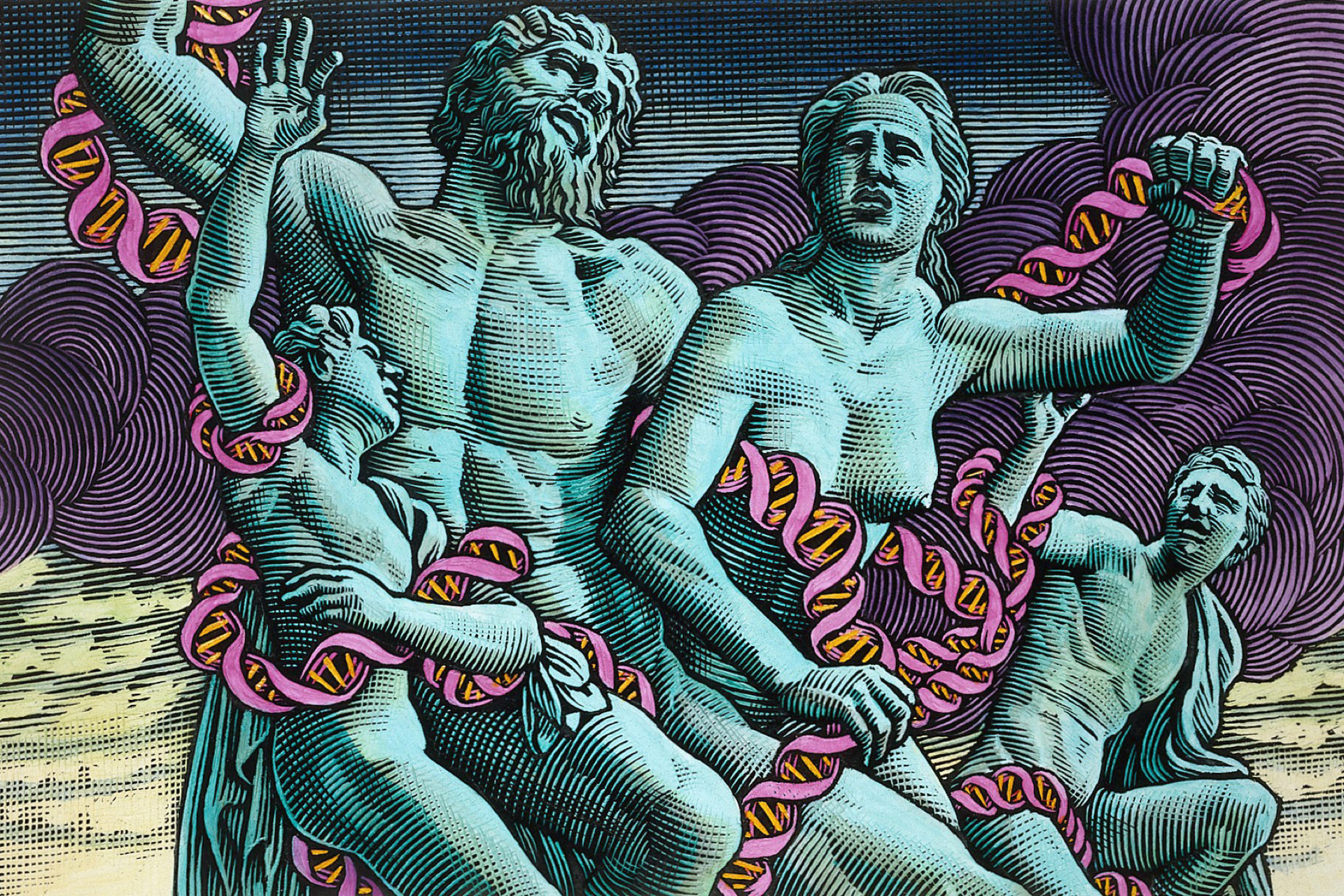The European Court of Justice (ECJ) has ruled that stem cell processes which require the prior destruction of human embryos or are based upon the use of human embryos are not patentable. The decision may have wide implications for scientists engaged in embryonic stem cell research.
A press release from the ECJ said: 'The Court holds that an invention is excluded from patentability where the implementation of the process requires either the prior destruction of human embryos or their prior use as base material, even if, in the patent application, the description of that process, as in the present case, does not refer to the use of human embryos'.
The case originated from an appeal brought by Dr Oliver Brüstle of the University of Bonn against the decision of the German Federal Patent Court that his patent, which concerns isolated and purified neural precursor cells produced from human embryonic stem cells used to treat neurological diseases, was invalid.
The ECJ was asked by the German Federal Court of Justice - the Bundesgerichtshof - for its interpretation of the concept of a 'human embryo' under European law for it determine whether Dr Brüstle's patent was excluded from patentability.
The ECJ, which explained it restricted itself to a legal interpretation of the relevant provisions of European law and did not address any medical or ethical issues, explained that European law intended to exclude any possibility of patentability where 'respect for human could thereby be affected'. It ruled that the concept of a 'human embryo' must be defined it its broadest sense.
It went on to say: 'Accordingly, any human ovum must, as soon as fertilised, be regarded as a ''human embryo''... if that fertilisation is such as to commence the process of development of a human being'. It also said it was not possible to distinguish the use of human embryos for research purposes from industrial and commercial use in the application of patent law.
As to the question over whether stem cells obtained from a human embryo at a blastocyst stage - the subject matter of Dr Brüstle's patent - were included within the concept of 'human embryo', the ECJ said this was a decision for the referring court. The Bundesgerichtshof must now rule on the validity of Brüstle's patent specifically.
Reuters quoted Dr Brüstle speaking after the ruling, saying: 'It means that fundamental research can take place in Europe, but that developments that follow from that cannot be implemented in Europe'. 'It means European researchers can prepare these things but others will pick the fruits in the US or Asia. That is very regrettable'.
Alex Denoon of the life sciences lawyers Lawford Davies Denoon told BioNews: 'The practical ramifications of this decision are likely to be limited as it will be possible to obtain these kinds of patents in other countries such as the US, and further it will be virtually impossible for a competitor to obtain approval for a ''generic'' version of an approved embryonic stem cell therapy'.






Leave a Reply
You must be logged in to post a comment.